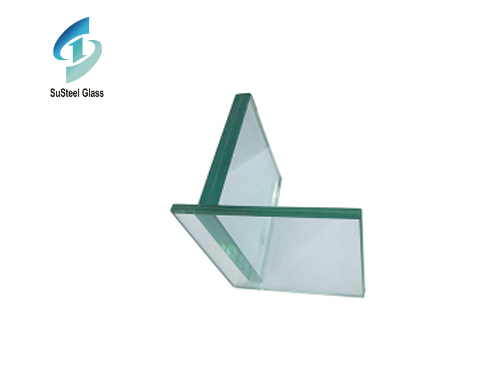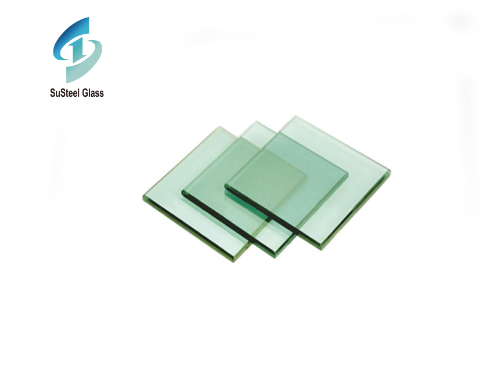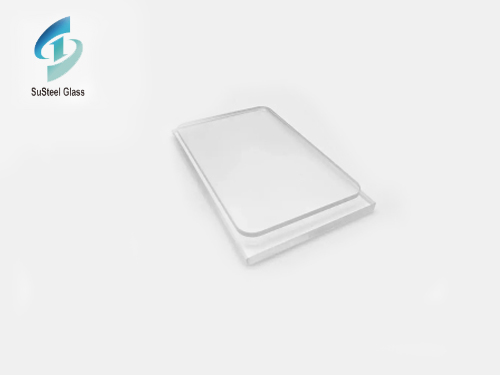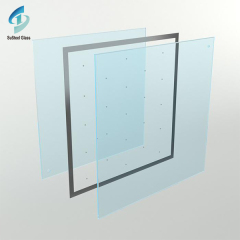
Green tinted glass is a type of glass that has a greenish hue due to the presence of iron oxide in the manufacturing process. This type of glass is commonly used in construction and automotive industries for its aesthetic and functional benefits. We will explore the uses and advantages of green tinted glass.
Uses of Green Tinted Glass:
Green tinted glass is widely used in the construction industry for its heat-absorbing properties. This type of glass is ideal for areas with high sunlight exposure as it helps to regulate indoor temperatures by reducing the amount of heat that enters the building. Additionally, green tinted glass also provides a high level of privacy as it can reduce the amount of visible light that passes through the glass.
In the automotive industry, green tinted glass is used to reduce glare from the sun, providing a more comfortable driving experience for the driver and passengers. It also helps to block out harmful UV rays, protecting the interior of the car from fading and the occupants from potential skin damage.
Advantages of Green Tinted Glass:
One of the main advantages of green tinted glass is its energy-saving properties. By reducing the amount of heat that enters a building, it reduces the need for air conditioning, thereby reducing energy consumption and costs. This is particularly important in regions with hot climates, where air conditioning can be a major contributor to energy bills.
Green tinted glass also helps to reduce the amount of glare that enters a room or a car, providing a more comfortable environment for occupants. This can be especially beneficial for people who work in offices or spend long periods of time in a car, as it reduces eye strain and fatigue.
Another advantage of green tinted glass is its aesthetic appeal. The greenish hue adds a unique touch to buildings and cars, giving them a modern and sleek appearance. This can be particularly important for businesses that want to create a distinctive and memorable brand image.
Green tinted glass is a versatile and functional material that offers a range of benefits for both the construction and automotive industries. Its heat-absorbing properties, energy-saving capabilities, and aesthetic appeal make it a popular choice for architects, builders, and car manufacturers alike. With its ability to regulate indoor temperatures, reduce glare, and block out harmful UV rays, it is a valuable addition to any building or car.
 Unveiling the Strength and Versatility of Laminated Glass: Exploring Material Properties
Unveiling the Strength and Versatility of Laminated Glass: Exploring Material Properties
 Enhancing Safety with Blast Resistant Glass: Innovations, Applications, and Protective Solutions
Enhancing Safety with Blast Resistant Glass: Innovations, Applications, and Protective Solutions
 Painted glass has emerged as a captivating medium for interior design
Painted glass has emerged as a captivating medium for interior design
 The Beauty and Utility of Thin Glass Sheets: Applications and Advantages
The Beauty and Utility of Thin Glass Sheets: Applications and Advantages

